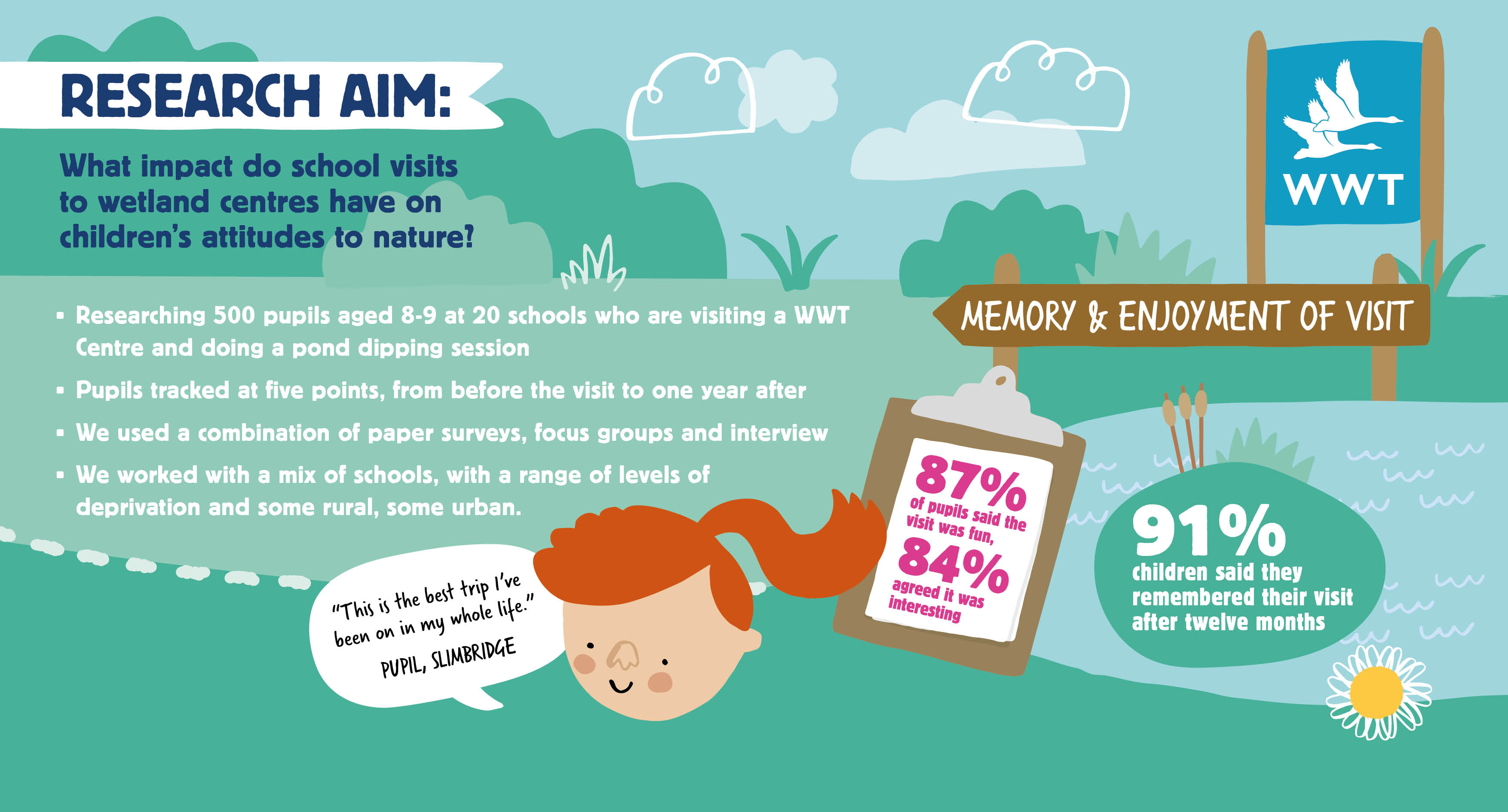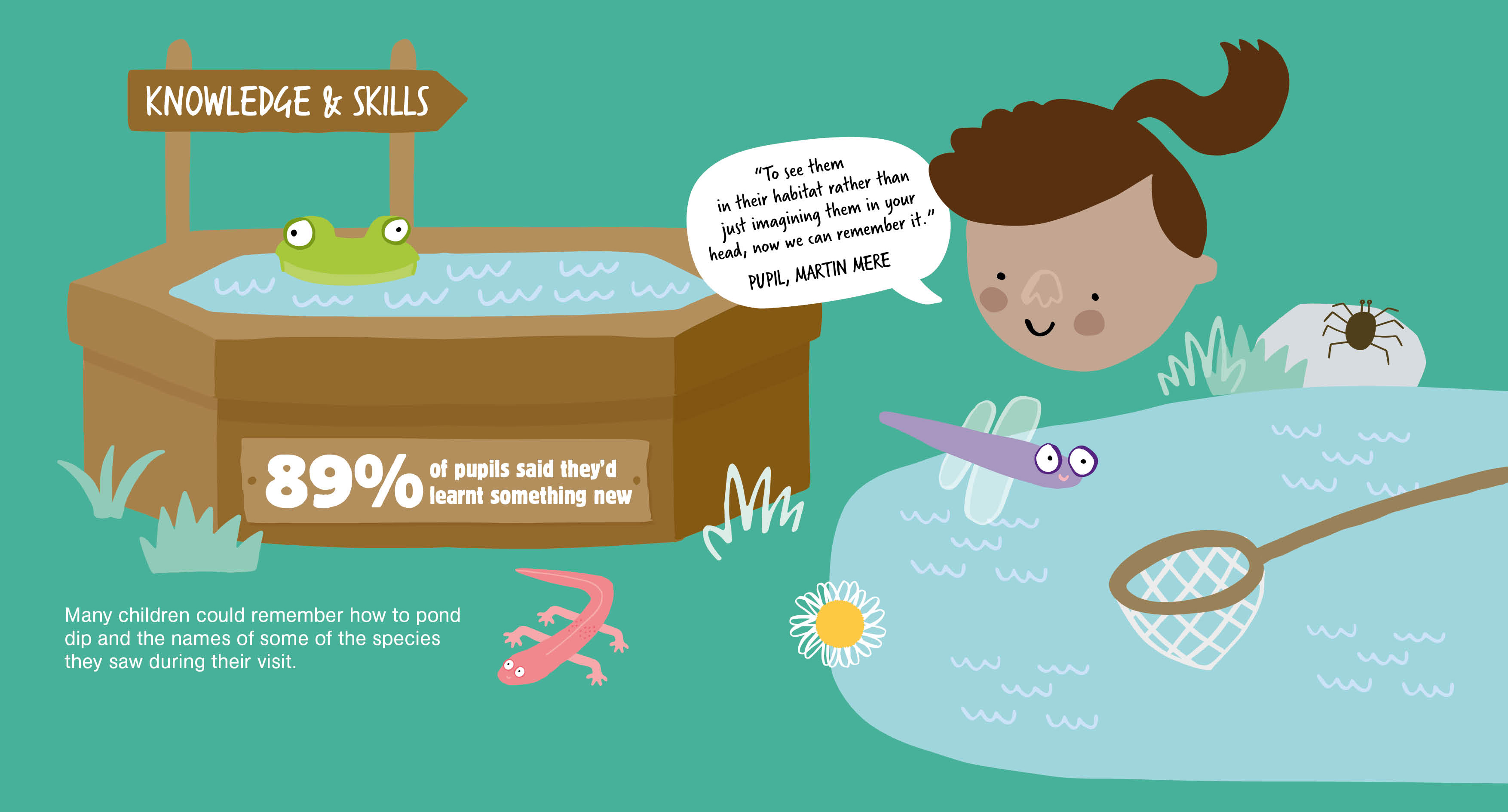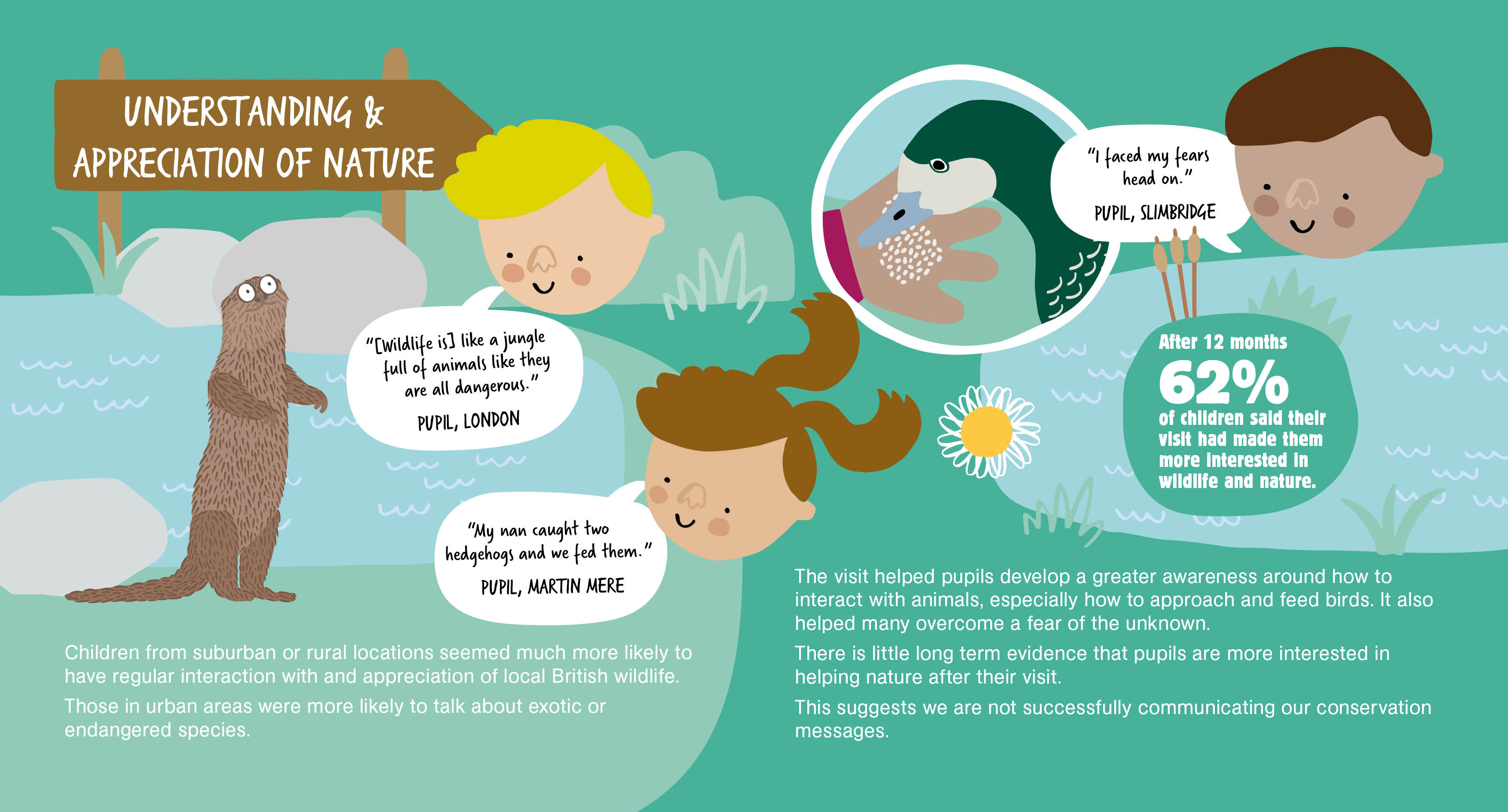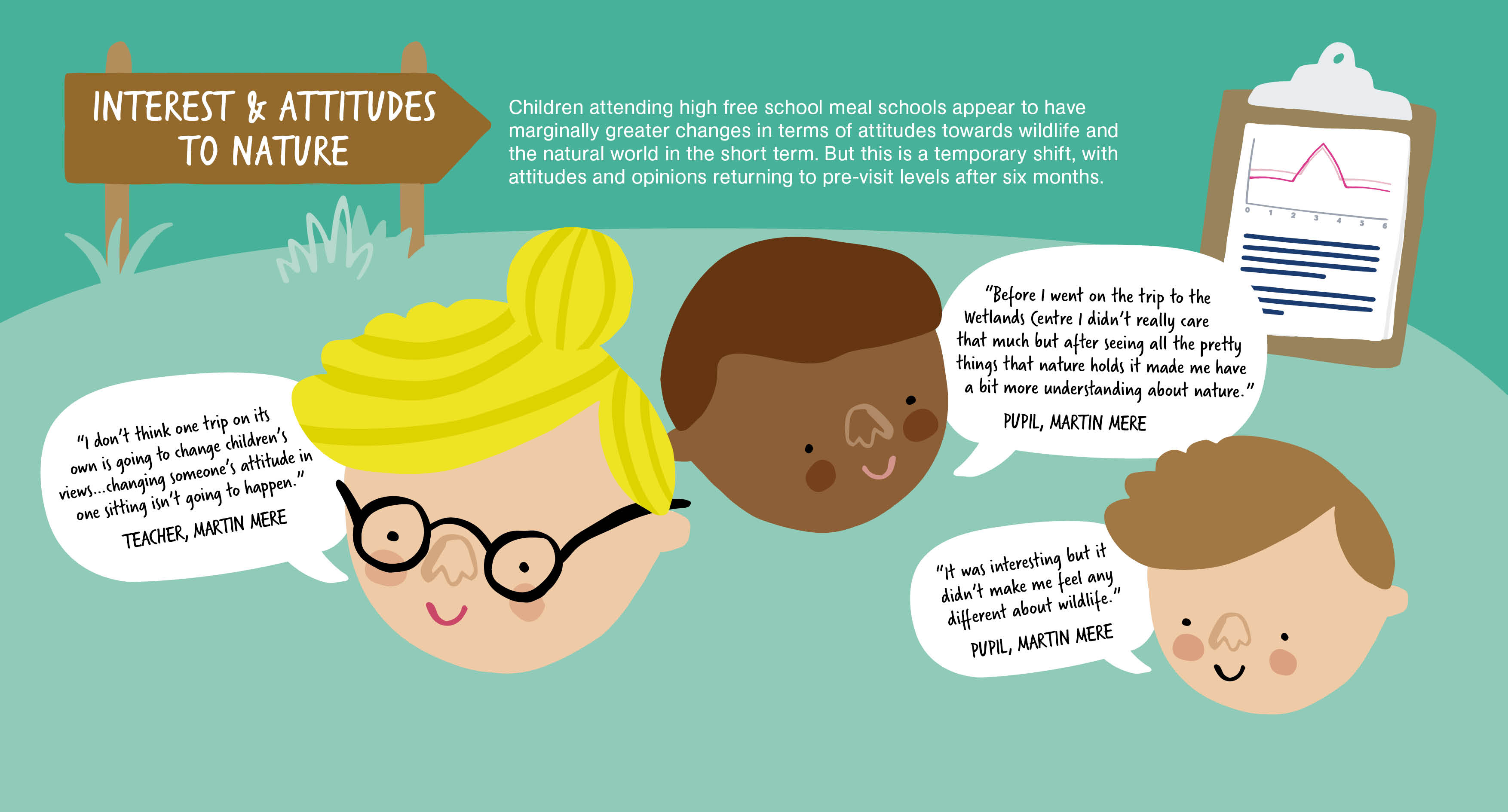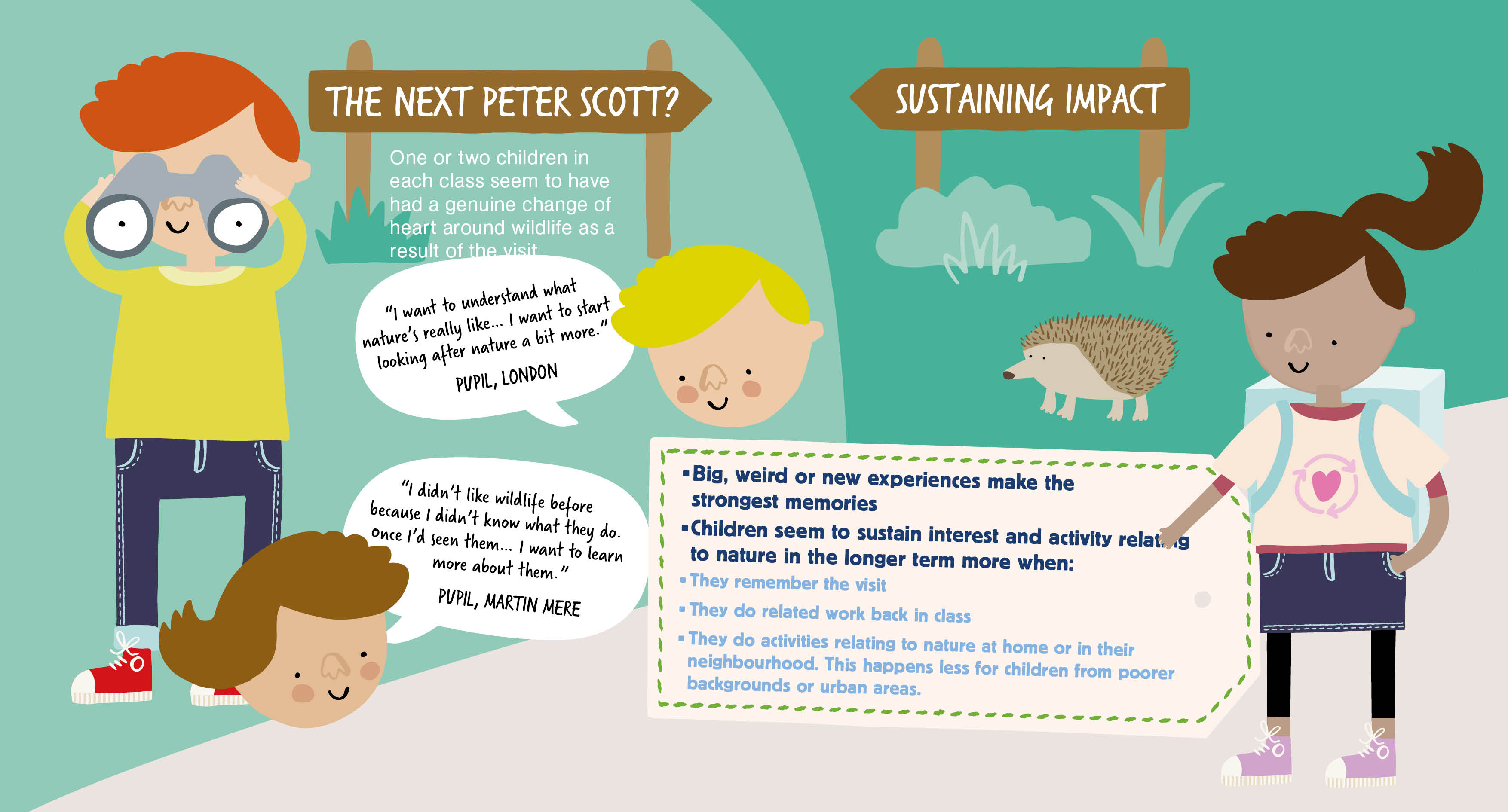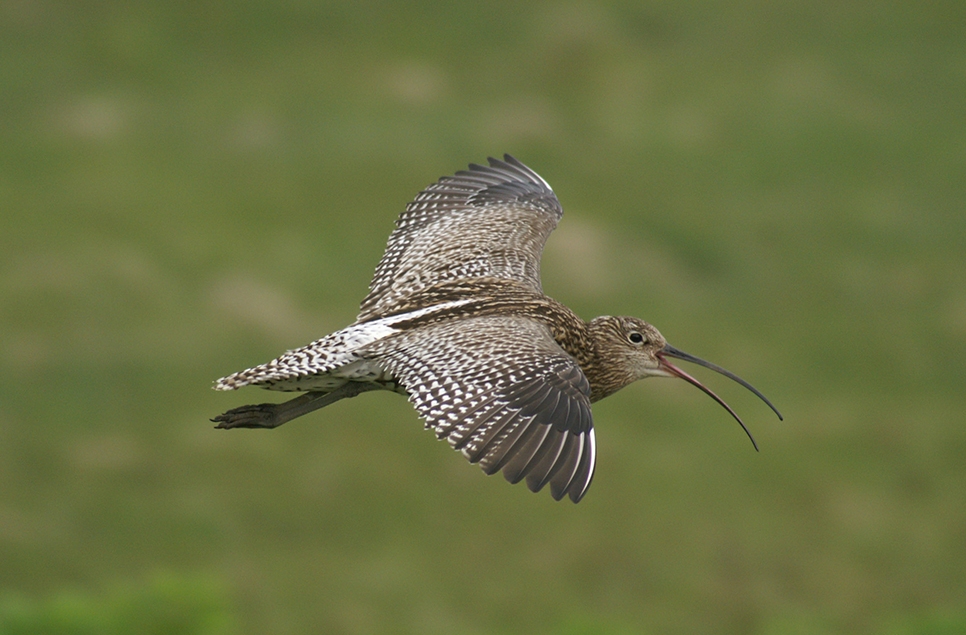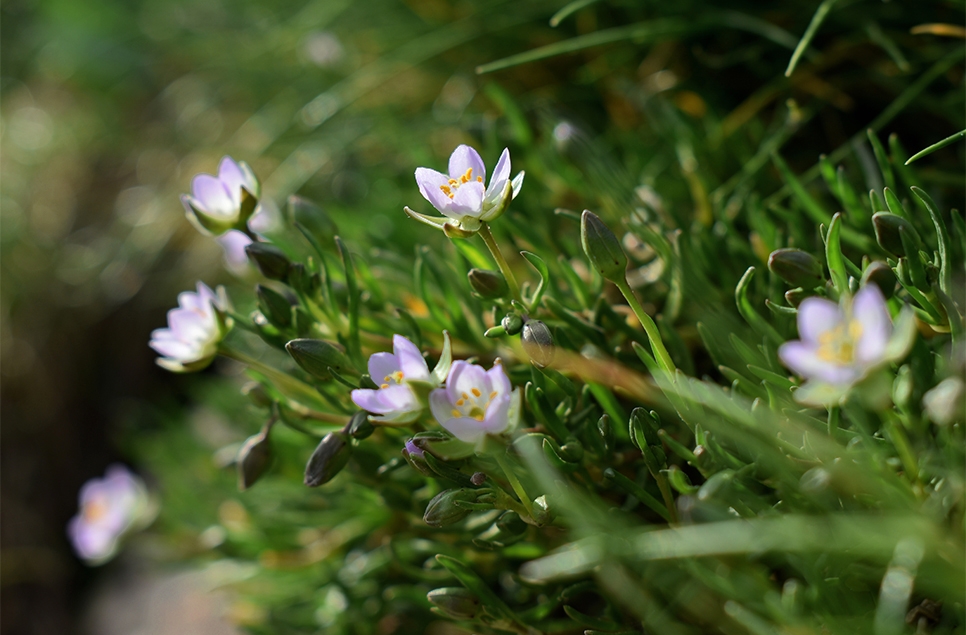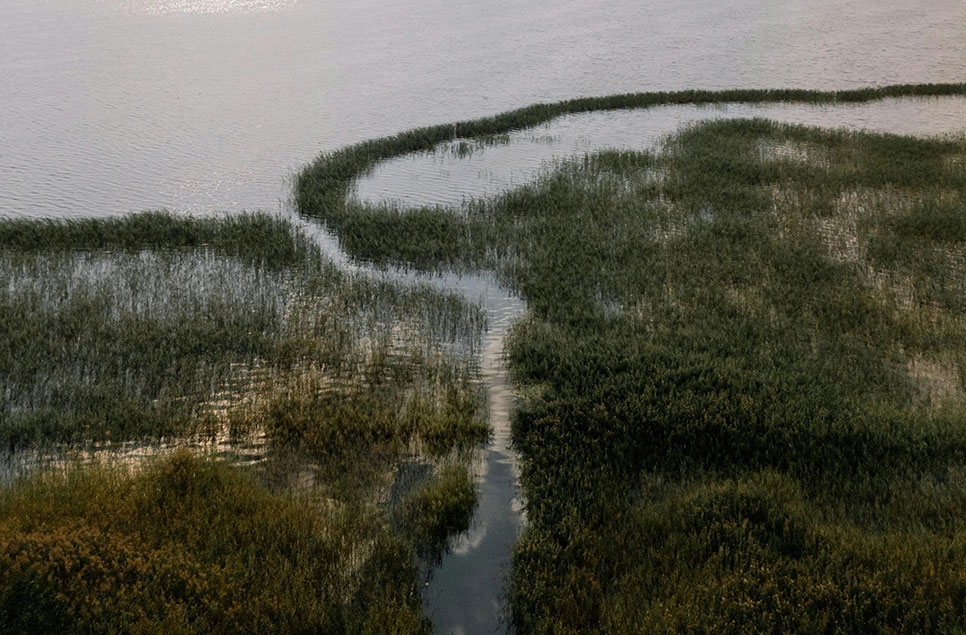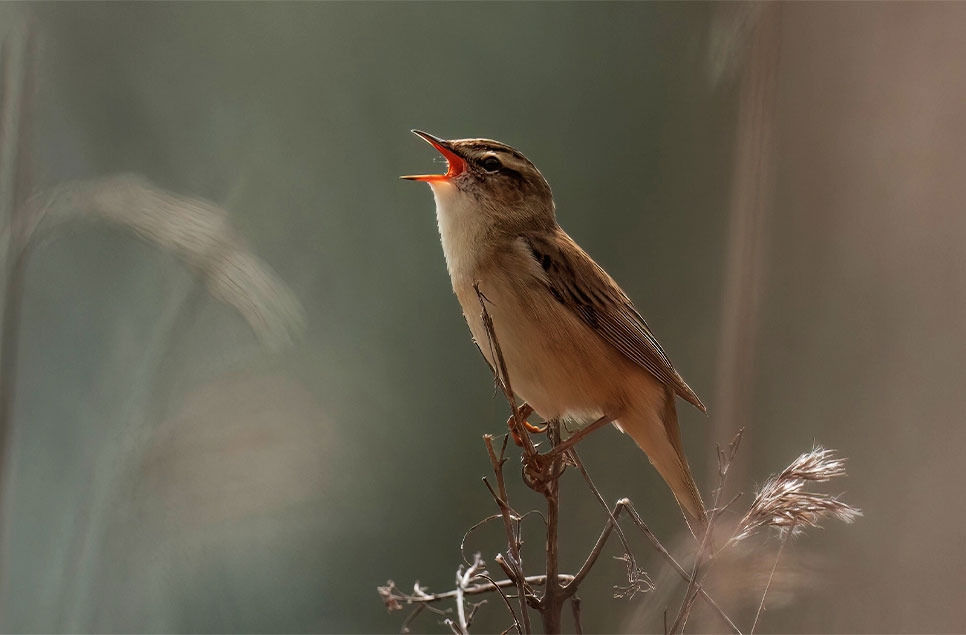Can a school trip change children’s attitudes to nature?

What was your best day of the school year when you were a kid? Was it sports day or the school play or, like me, was it the school trip?
I wonder what memories pop into your mind when you think back to school trips. Probably for some, it’s simply the packed lunch, or maybe it’s holding hands walking in a crocodile.
I hope that some, like me, remember going ‘WOW’ at some piece of art, or an experiment or an animal as it was transformed from weird to wonderful in front of your eyes, because seeing it right in front of you, it suddenly made sense.
I was lucky. I was at a school that took us to amazing places where people took care to help us learn. Not everyone gets that experience. Not all schools, let alone teachers, have the resources and confidence to take pupils on a trip.
And, when faced with a confusing choice of farms, museums, zoos and many other attractions, how does anyone know what quality of learning to expect?
We want to make school visits better
WWT has hosted school visits ever since we opened Slimbridge in 1946. More than two million school kids have passed through our doors, accompanied by tens of thousands of teachers and parent helpers. If you grew up near a WWT Wetland Centre, you’ll probably know a school visit as a rite of passage.
But those numbers don’t mean much on their own. At the most basic level, we at WWT want to know that those teachers and parents and pupils all had a good time and they valued their learning experience. But we also have much deeper ambitions for the impact of our education work.
In our world where humans are the absolute architects of everything around us, we want to nurture future generations that understand how to do things that are positive for wildlife. Crucially, we want them to feel that they can do things, big and small, that will help wetlands and their wildlife for the future.
So we decided to try to find out whether we could assess what sort of impression a single school trip makes on a child.
We set out to find out more
Over the course of a year and more we tracked 500 pupils aged 8-9 who came to visit a WWT wetland centre for a pond dipping session. We initially met them just before their visit to ask them some questions and then we caught up with them a further four times to find out what, if anything, was different as a result of their visit.
There were some wonderful results. Nine out of 10 children still remembered their visit a year later, and many of those also remembered how to pond dip and the names of some of the pond creatures they found. Nine out of 10 pupils also said they’d learned something new and more than eight out of 10 agreed it was interesting.
So overall, we can say with confidence that a school visit to WWT is a really memorable, enjoyable and interesting day.
We found some differences
The research revealed some differences. Children from urban areas were more likely to talk about exotic or endangered species than their counterparts from the countryside and the outskirts of towns and cities.
Initially there appears to be a difference in how a child responds depending on the economic wealth of the area where the kids are growing up. Visits to WWT wetland centres are funded by HSBC for schools where a high proportion of pupils are eligible for free school meals. In the short term kids from those schools had a marginally greater change of attitude towards wildlife – their interest in and benevolence towards wildlife increased more than others. However, the shift is only temporary, with attitudes and opinions returning to their pre-visit levels after six months.
Does interest result in action?
In fact, we found little evidence at all that a visit increased the pupils’ interest in actually doing something for nature in the long term. Even though, a year on from their visits, six out of 10 children still said that the visit had made them more interested in wildlife and nature, we believe that we could be doing much more to help them feel that they are capable of doing things to help the natural world.
It’s tied to our ambition to empower young people. Following a visit we’d like the children to want to start doing small things at home and at school – such as creating a pond or putting up a bird feeder – which are good for wildlife. And once they see the results, it will increase their confidence and they will feel that they are able to do positive things for nature.
Looking at the average of all 500 children we spoke to, it’s hard to find a significant change in the level of empowerment, but not all kids are the same. When we focus on the individuals we find some really pleasing results.
Attenboroughs and Scotts of the future
In each class one or two children seem to have had a genuine change of heart around wildlife as a result of their visit. It’s impossible to tell from the research just how significant these individuals are. They could be having a positive influence on their classmates right now, or potentially their newly acquired interest in wildlife could in the future be influential on society more widely. We try to remember that David Attenborough and Peter Scott started off somewhere.
We are always looking for ways to improve the experience for schools. Going through this really deep evaluation with such a large sample of pupils has been really useful for WWT.
The results have strengthened the case for making changes we had planned already. And it has given us some new ideas for ways to work better.
We’re creating an online learning zone that anyone can access via our website. This idea was prompted by the kids themselves and it will help teachers and parents help them to prepare and follow up on a visit to WWT, which we know really cements their learning.
Weird and wonderful facts and discoveries stick in kids’ minds, so we’re maximising the wow factor. Did you know that water boatmen breathe through bubbles on their bottoms??
And connected to that, we’re putting a greater emphasis on the kids having a wild experience. Building dens, exploring off the beaten track, lighting campfires and telling stories all immerse the kids in their surroundings and create strong memories. And because they’re new experiences for most kids, they build their confidence and develop life skills such as managing risk and making decisions.
There are lots more developments in the pipeline too. It’s an exciting time for WWT and for outdoor learning generally. We are now making the results public and sharing them with other organisations that run educational visits.
Downloads
WWT school visit research - final report
WWT school visit research - top tips and lessons learnt booklet
